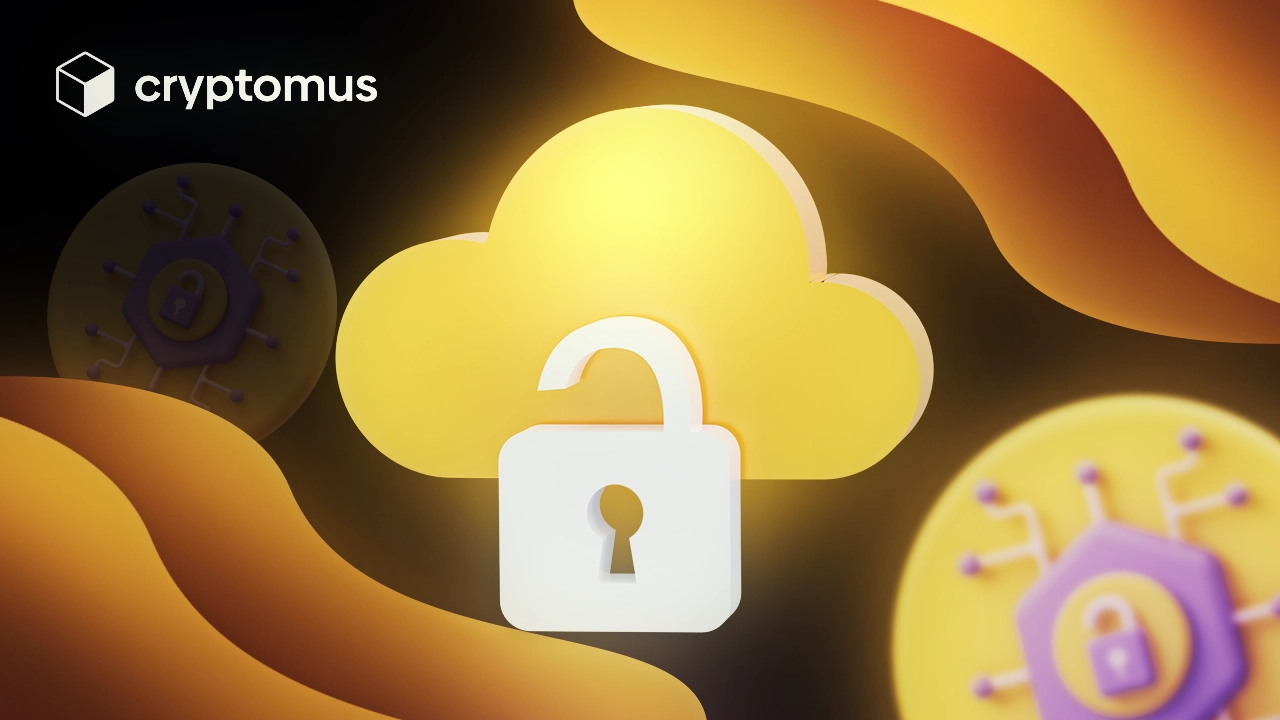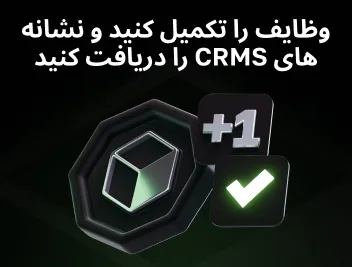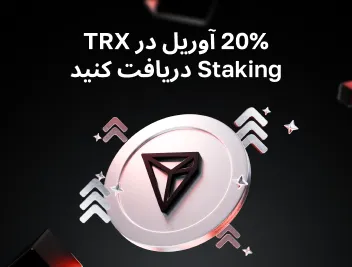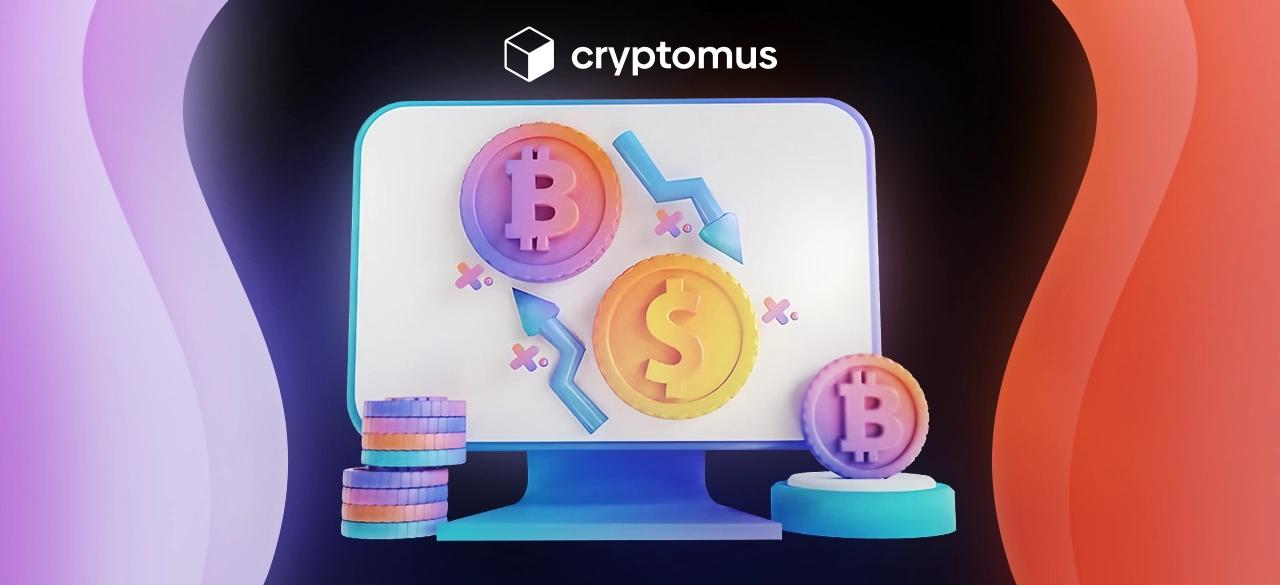
حفاظت از ایده ها: بلاک چین و مالکیت فکری
بلاک چین و پتنت ها و به طور کلی مالکیت معنوی، اکنون به عنوان چیزی متحول کننده برای حمایت از حقوق مالکیت در حال ظهور هستند. از آنجایی که بلاک چین سوابق داده های دارای مهر زمانی غیرقابل تغییر و باز را ارائه می دهد، اغلب به عنوان ابزاری برای ثبت، مدیریت و ردیابی حقوق مالکیت معنوی در نظر گرفته می شود. و برای بسیاری از اهداف، از تأیید اصالت یک اختراع تا مدیریت مؤثر قراردادهای مالکیت معنوی بدون اشخاص ثالث، مناسب است.
امروز میخواهیم در مورد حفاظت از مالکیت معنوی بلاک چین صحبت کنیم و بررسی کنیم که چگونه یکپارچهسازی بلاک چین و IP میتواند فرآیندها را سادهسازی کند و نقضها را کاهش دهد.
چرا حفاظت از حقوق مالکیت معنوی ضروری است؟
حفاظت از مالکیت فکری مهم است زیرا برای تقویت نوآوری بسیار مهم است. این امر به پدیدآورنده دارایی کنترل میکند که آیا دیگران میتوانند از مالکیت معنوی استفاده کنند و اگر چنین است، تحت چه شرایطی. حقوق سختگیرانهتر به مالک این امکان را میدهد که به قانون استناد کند و از شخصی که میخواهد بدون رضایت از ملک او کپی یا استفاده کند شکایت کند. آنها همچنین مانع از سرقت ایده ها یا مفاهیم توسط رقبا می شوند. به طور کلی بدون حمایت از ایده ها، هم افراد و هم کارآفرینان نمی توانند از اختراعات خود نهایت استفاده را ببرند و کمتر به تحقیق و توسعه توجه خواهند کرد.
چگونه بلاک چین می تواند از مالکیت فکری محافظت کند؟
مالکیت معنوی و بلاک چین چگونه به هم مرتبط هستند؟ و آیا آنها وجه اشتراکی دارند؟ بلاک چین نوعی پایگاه داده توزیع شده است که امکان ثبت دائمی، تغییرناپذیر و شفاف از داده ها و تراکنش ها را فراهم می کند که تنها توسط اعضای مجاز شبکه قابل دسترسی است.
این امکان تبادل هر چیزی با ارزش را فراهم می کند، خواه پول باشد یا حق ثبت اختراع در بلاک چین. تقریباً هر چیزی را می توان در شبکه ردیابی و مبادله کرد که باعث کاهش ریسک، کاهش هزینه ها و افزایش سرعت تراکنش ها برای همه شرکت کنندگان می شود.
ناتوانی در تنظیم داده ها بر روی بلاک چین به این معنی است که این بلاک چین به شدت در برابر اشکال مختلف حفاظت از مالکیت معنوی قابل قبول است. استفاده از بلاک چین برای حفاظت از مالکیت معنوی همچنین می تواند کارایی و احراز هویت، صدور مجوز دارایی را از طریق قراردادهای هوشمند و ثبت علامت تجاری افزایش دهد. بیایید در مورد آنها بیشتر بدانیم:
-
قراردادهای هوشمند اشاره کرده ایم. آنها همان قراردادهای کاغذی هستند که ما در زندگی عادی خود، فقط در حوزه دیجیتال به آن عادت کرده ایم. قرارداد هوشمند بین دو طرف در کد کامپیوتری نوشته شده و با امضای رمزنگاری خود اجرا می شود. از آنجایی که مداخله انسان و شخص ثالث مستثنی است، کد رایانه ای به طور خودکار معاملات قرارداد را کنترل می کند. بنابراین، کد می تواند وجوهی را برای صاحب علامت تجاری ارسال کند و تعیین کند که حق امتیاز باید بر اساس قرارداد چه زمانی پرداخت شود. و جایی برای آن وجود دارد، زیرا این ایده بلاک چین و IPR برای صدور مجوز حقوق علامت تجاری از طریق بلاک چین، نیاز به مشارکت شخص ثالث و پشتیبانی خارجی مجوز حقوق علامت تجاری با قراردادهای هوشمند: ما بارها در وبلاگ خود بهرا از بین می برد.
-
ثبت بلاک چین علامت تجاری و پتنت: بلاک چین و مالکیت معنوی در کنار هم تغییرات زیادی را در روند ثبت کپی رایت ایجاد خواهند کرد. به عنوان مثال، فناوری بلاک چین حفاظت از حقوق ثبت نشده را تقویت می کند و روند ثبت علائم تجاری، طرح ها و پتنت ها را کارآمدتر و کاربردی تر می کند. از طریق پشت سر هم فناوری بلاک چین و حقوق مالکیت معنوی، دفتر علائم تجاری می تواند استفاده و دفعات استفاده از علامت تجاری را مستند کند. و به دلیل باز بودن و شفاف بودن بلاک چین، هر کسی می تواند به چنین داده هایی دسترسی داشته باشد و به طور بالقوه راهی مناسب برای تأیید یک علامت ثبت شده ایجاد می کند.

مزایای بلاک چین در حفاظت از مالکیت فکری
کاربرد فناوری بلاک چین در زمینه حقوق مالکیت معنوی مشروط به موارد زیر است:
-
فناوری بلاک چین برای کل طبقه بندی اشیاء مالکیت معنوی - هم موضوعات حق چاپ و حقوق مرتبط و هم موضوعات حقوق ثبت اختراع و ابزارهای شخصی سازی اعمال می شود.
-
فناوری قابل اطمینان و محافظت شده به نویسندگان، دارندگان حقوق، مصرف کنندگان و صاحبان پتنت ها در بلاک چین اجازه می دهد تا به طور آشکار، شفاف، بدون واسطه تعامل داشته باشند، هزینه های زمانی و مالی را به حداقل برسانند و از حق چاپ محافظت کنند.
-
از بلاک چین می توان برای ثبت و ضبط داده ها استفاده کرد. می توان از آن برای ایجاد یک رجیستری با اطلاعاتی در مورد صاحبان حقوق انحصاری اشیاء مالکیت معنوی و نویسندگان این اشیاء استفاده کرد.
-
این فناوری برای بهبود کارایی و امنیت گردش حقوق مالکیت معنوی استفاده می شود.
چگونه فناوری بلاک چین را برای محافظت از مالکیت معنوی پیاده سازی کنیم؟
فناوری بلاک چین به عنوان یک پایگاه داده ضد دستکاری عمل می کند که ما نمی توانیم آن را هک یا اصلاح کنیم. بنابراین بلاک چین با ایمن نگه داشتن داده های حق چاپ اصلی در داده های بلاک چین به حفظ مالکیت کمک می کند. بنابراین، اگر کسی حق چاپ شما را به چالش بکشد، بلاکچین برای اجرای مالکیت معنوی، بر اساس زنجیره شواهد مالکیت حق چاپ، به اثبات حق مالکیت شما کمک می کند.
و به طور کلی، این نوع از ردیابی پتنت های فناوری بلاک چین در صورت مراجعه به دادگاه، در زمان و منابع در هنگام جمع آوری شواهد برای اشخاص ثالث صرفه جویی می کند. پیادهسازی بلاک چین همچنین میتواند به ذخیره آثار اصلی یا نمایش تاریخ ثبت اختراعات یا علائم تجاری کمک کند.
چگونه کشورهای مختلف از بلاک چین برای محافظت از مالکیت فکری استفاده می کنند؟
استفاده از حفاظت از مالکیت معنوی بلاک چین را می توان در سطح کشورهای مختلف در نظر گرفت:
-
به عنوان مثال، در هند، اداره ثبت اختراع هند در حال کار بر روی بلاک چین و فناوری های نوآورانه است تا از فرآیند یکپارچه ثبت اختراع بلاک چین اطمینان حاصل کند. در اینجا، انتظار می رود که یک شبکه کامل مبتنی بر بلاک چین و هوش مصنوعی برای مدیریت حفاظت از مالکیت معنوی ایجاد شود تا فرآیندهای ثبت اختراع را تا حد امکان کارآمد و سریع کند.
-
اداره مالکیت فکری اتحادیه اروپا فعالانه در ارتقای فرصت های بلاک چین در این بخش مشارکت دارددر اروپا، موضوع بلاک چین و هوش مصنوعی نیز مکررا برجسته می شود..
-
در ایالات متحده، بلاک چین برای محافظت از پروژه های بلاک چین دارایی معنوی بومی و مشاغل در برابر سرقت IP از طریق آزمایش واردات استفاده می شود. در اینجا، حتی یک نسخه آزمایشی از پلتفرم بلاک چین برای آزمایش واردات توسعه یافته است. از طریق آن اطلاعات شخصی با کلیدهای رمزگذاری شده ایمن نگه داشته می شود. انتظار می رود همه اینها منجر به این شود که پلتفرم حفاظت از مالکیت معنوی دیجیتال بلاک چین به عنوان یک رجیستری غیرقابل تغییر کار کند که در آن تمام تراکنش های تجاری ثبت می شود.
این مقاله به پایان می رسد که به حفاظت از مالکیت معنوی بلاک چین اشاره می کند. با تشکر برای خواندن! نظرات خود را در مورد اینکه چگونه بلاکچین نحوه درک، مدیریت و محافظت از آثار خلاقانه را تغییر میدهد در زیر در نظرات به اشتراک بگذارید.
به مقاله امتیاز دهید








نظرات
0
برای ارسال نظر باید وارد سیستم شوید